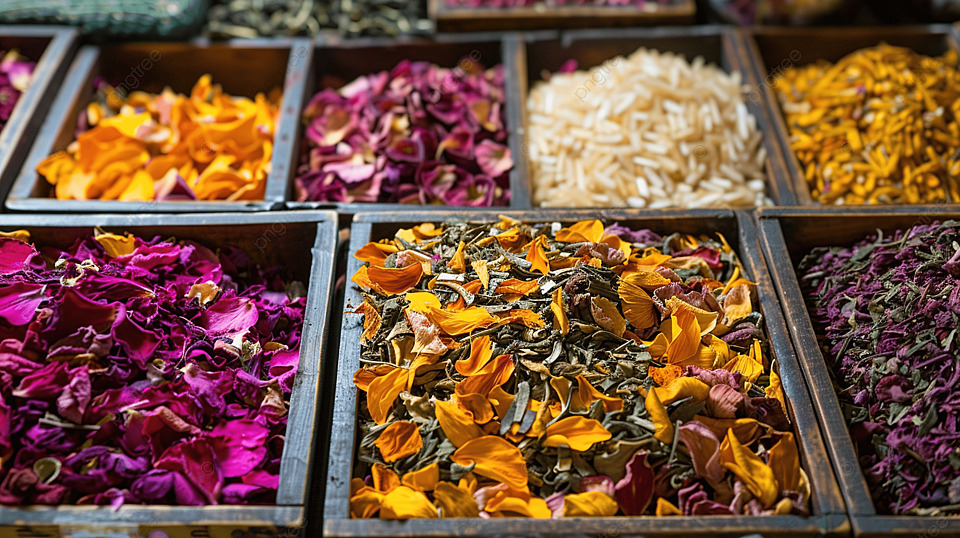The spice trade has long been a catalyst for economic growth and cultural exchange, particularly in emerging economies. Historically, spices like pepper, cloves, cinnamon, and nutmeg were highly prized commodities, often valued more than their weight in gold due to their rarity and exotic origins. Today, the spice trade continues to thrive, albeit in a transformed global marketplace where emerging economies play increasingly significant roles. Emerging economies, characterized by rapid industrialization and economic diversification, have become pivotal players in the spice trade. Countries like India, Vietnam, Indonesia, and Brazil have emerged as major producers and exporters of spices, leveraging their rich agricultural landscapes and skilled labor forces. These nations not only meet global demand but also shape market dynamics through innovation in cultivation techniques, processing technologies, and logistical efficiencies. The growth of the spice trade in emerging economies is underpinned by several key factors. Firstly, these regions boast ideal climatic conditions and soil quality for cultivating a wide range of spices.

India, for example, is renowned for its production of black pepper, cardamom, and turmeric, benefiting from monsoon rains and tropical climates conducive to spice cultivation. Such natural advantages contribute significantly to the competitiveness and quality of spices produced. Secondly, technological advancements have revolutionized the processing and preservation of spices in emerging economies. Modern techniques ensure that Rota das Índias spices retain their flavor, aroma, and nutritional properties during storage and transportation, thereby meeting international quality standards. This has enabled exporters from emerging economies to penetrate global markets with confidence, catering to diverse consumer preferences and culinary traditions worldwide. Furthermore, the spice trade serves as a vital economic driver in these regions, generating employment opportunities across the value chain. From smallholder farmers and agricultural laborers to processors, traders, and exporters, millions of people are directly or indirectly employed in the spice industry. This sectoral integration fosters economic resilience and social development, particularly in rural areas where agriculture forms the backbone of livelihoods.
Opportunities abound within the spice trade for emerging economies to further expand their market presence and enhance value addition. Investment in research and development can lead to the discovery of new spice varieties with unique flavor profiles or enhanced medicinal properties, catering to evolving consumer preferences for healthy and exotic ingredients. Moreover, sustainability initiatives such as organic farming practices and fair trade certifications are increasingly valued by consumers, presenting a niche market for ethically sourced spices from emerging economies. the spice trade continues to flourish in emerging economies, driven by favorable natural conditions, technological innovation, and socioeconomic contributions. As global demand for diverse culinary experiences grows, these regions are poised to capitalize on their strengths in spice production and export. By fostering sustainable practices, investing in quality assurance, and embracing market opportunities, emerging economies can further solidify their position as key players in the dynamic and lucrative spice trade landscape.





